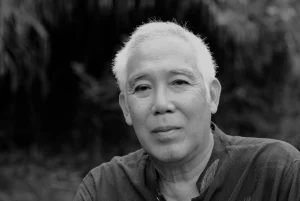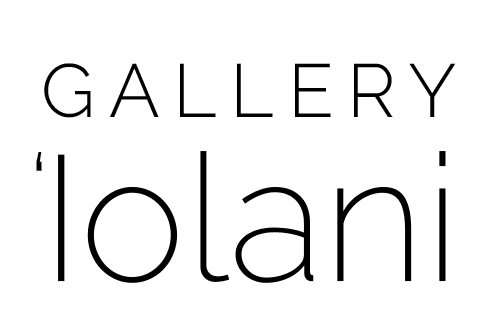
Hamasaki was born in 1955 in Fort Belvoir, Virginia, and graduated from high school in Bangkok, Thailand. Just after his graduation, he became a novice Buddhist monk and traveled throughout Thailand. He later earned a BFA in photography from the Rochester Institute of Technology and an MFA (equivalent) from Allgemeine Gewerbeschule Basel (Basel School of Design) in Switzerland.
He taught photography and art at Windward Community College for 34 years and served as Humanities Department Chair (2014-2018). In 1991, the Honolulu Star-Bulletin named Hamasaki and Libby Young as among “The 10 Who Made a Difference” in Hawai‘i citing them for their efforts to secure from the Hawaiʻi State Legislature $12.5 million for Windward Community College’s Master Plan.
A co-founder of ʻElepaio Press (1976 to present), in 1977, he designed and printed a chapbook, 7 Poems / 8 Photographs. He is responsible for designing and printing a variety of periodicals and books such as the Hawaiʻi edition of Mana, A South Pacific Journal of Language and Literature; Seaweeds and Constructions, A Pacific Islands Collection; Poets Behind Barbed Wire; and O Na Holoholona Wawae Eha O Ka Lama Hawaii: The Four-Footed Animals of Ka Lama Hawai‘i. He also designed two University of Hawaiʻi Press books, From the Spider Bone Diaries, Poems and Songs and Westlake: Poems by Wayne Kaumualii Westlake (1947–1984).
In 2015, ‘Ai Pōhaku Press published a 167-page photographic essay Ē Luku Wale Ē by Piliāmoʻo, a working collective featuring his and Kapulani Landgraf’s photographs. His photographs, collages, and collaborative works are exhibited and published locally, nationally, and internationally. His work was in the Hawaiʻi Triennial 2022 under two collectives: Piliāmoʻo and ʻElepaio Press at the Hawaiʻi State Art Museum. He lives in Kāneʻohe, O‘ahu.
Piliāmoʻo is the collective name of Mark Hamasaki and Kapulani Landgraf. Collaboratively they have documented the construction of the H-3 freeway, the water struggle of Waiāhole and the ahupuaʻa of Kailua. Their photographs are in the Hawaiʻi State Foundation on Culture and the Arts, Los Angeles County Museum of Art, and the Whitney Museum of American Art.

